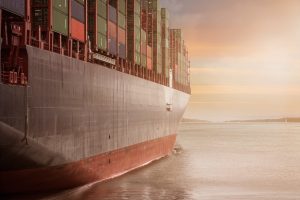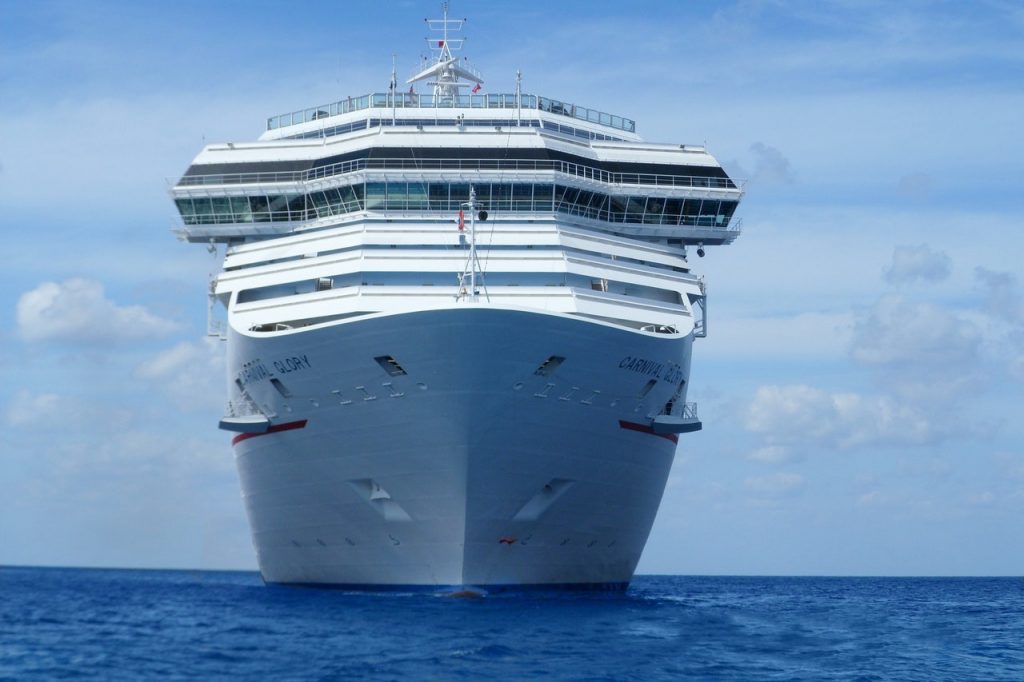How Technology in 2030 Will Redefine the Shipping Industry
The GMTT 2030 report, investigates the transformative aspects of 18 technologies on naval power, boat design and the use of sea area.
The GMTT 2030 report analysed 56 technologies before focusing on 18 specific innovations, describing it as having two areas: people who will change boat design and construction, and the ones that will affect safety, operational and commercial functionality.
The use and implementation of technology is rapidly increasing, so by 2030, it is likely we will see an enormous shift in naval technology. We can expect ports and cranes to be operated smoother, faster and more efficiently.
It is unlikely that one particular piece of technology will change the entire system, but rather a vital interplay and overlap between the tech locations. As an instance, sensors providing data which may help transform boat operations will be in use. We can observe how electronic technologies and smartphones have helped alter the way we live our own lives and disrupt business models. This transformation has to earn an important effect on shipping.
The excitement from the sector was overwhelmingly encouraging and positive, as people in the industry are hungry for ideas concerning the future. So how can the business evolve and what’s the possibility of a number of these technologies coming to fruition?
Advanced stuff: the nanoscale
Altering the materials we currently use to construct our ports and naval vessels will be a factor. Metals will continue to be the foundational component used to construct navy vessels, there’ll be a chance to refine their traits through what’s called microscale or nano-scale manipulation.
By way of example, implementing calcium or magnesium nano-particles could fortify welds, though a brand new anti-corrosion coating will be utilised to better guard vessels.
There’s also the opportunity for transport businesses to enhance sustainability and fuel market by utilizing advanced high-strength steel aluminium, glass fibre and carbon-fibre composites. GMTT 2030 also cites the possibility of self-repairing materials.
Substantial data analytics

With an increasing number of information being gathered from sources such as oceanographic information, marine accident information, and personal info, one question is: how can this be analysed and used to improve ship operations?
The development of large data analytics generates the capacity to use algorithms to take a look at correlations between different kinds of information. A great example of this is how we pull data from weather analytics corporations such as the Bureau of Meteorology, warning naval vessels on harsh conditions.
Regardless of the advantages of more information and improved analysis, the problem of cybersecurity and information security stays. Data will need to be kept protected from malicious cyber attacks.
Robotics: diminishing human interaction
One subject that frees up much debate is using robots. The report forecasts that by 2030 three new kinds of robots will likely be utilised in commercial transport: a learning robot; solving computer algorithms – a practical robot; capable of completing basic tasks – and a mini-robot, possibly utilized for harsh environments and inspections in impossible locations. This is often the case to recognise and document pollutants and emissions. These bots are more likely to be developed alongside sensors and remote management technology. In the waste management industry, high tech companies use drain inspection cameras mounted on a remote-control robot. This technology is used to complete pipeline inspections with CCTV surveillance, where humans.
There’s also a point to be made on recruiting in the industry. The report argues that the decrease in human interaction is going to be a developing tendency, in the long run, potentially causing robotics to capitalise on the workplace.
Modes: wireless monitoring
A brand new generation of detector technologies will eliminate the requirement for routine visits to distant places. Sensors are going to have the ability to collect information autonomously and then relay this info in real time.
Capturing this information enables shipowners to enhance in general care cycles of vessels, such as condition monitoring and condition-based observation. By way of instance, the detectors will have the ability to notify shipowners if a piece of equipment requires upkeep.
With the introduction of wireless technology, there will be self-calibration characteristics, and other automated data reports. With wireless capability, comes increased cyber threats, so it is essential we develop and invest in network security. By investing in data protection, you secure any sensitive information.
Communications: the connected smart ship
The increase in communications – from WiFi into 5G Connectivity – will increase the quality of communication substantially. This boat enables operators to retrieve 3D data of their route, removing the need for bodily on-board surveys.
The GMTT says that real-time decision making in boat management and autonomous performance will also be possibilities.
Power and propulsion: new technology
Power production will alter radically, with alternative fuels, energy-saving apparatus, renewable energy and hybrid energy production all possibly playing their role. GMTT 2030 clarifies the challenges as being two-fold: Ecological and industrial, including increasing gas prices and fleet overcapacity.
As we approach 2030, there will be a great advancement in the technology we test – that could include diesel hybrid engines and electric propulsion. This will probably start in smaller boats, offshore support vessels, yachts and inland waterway vessels, and if successful will be installed in larger vessels.
Autonomous systems
Autonomous vehicles are emerging in several transport-related businesses, for example, automotive and air industries. Their use in the marine sector will continue to grow, states the report, to the point at which autonomous underwater and surface vessels are seen as just another feature of the business.
These vehicles will considerably alter the way in which those from the market research monitor and interact with their surroundings. From a commercial perspective, the vehicles will be cost-effective and broadly utilized in deep sea mining and gas and oil operations.



